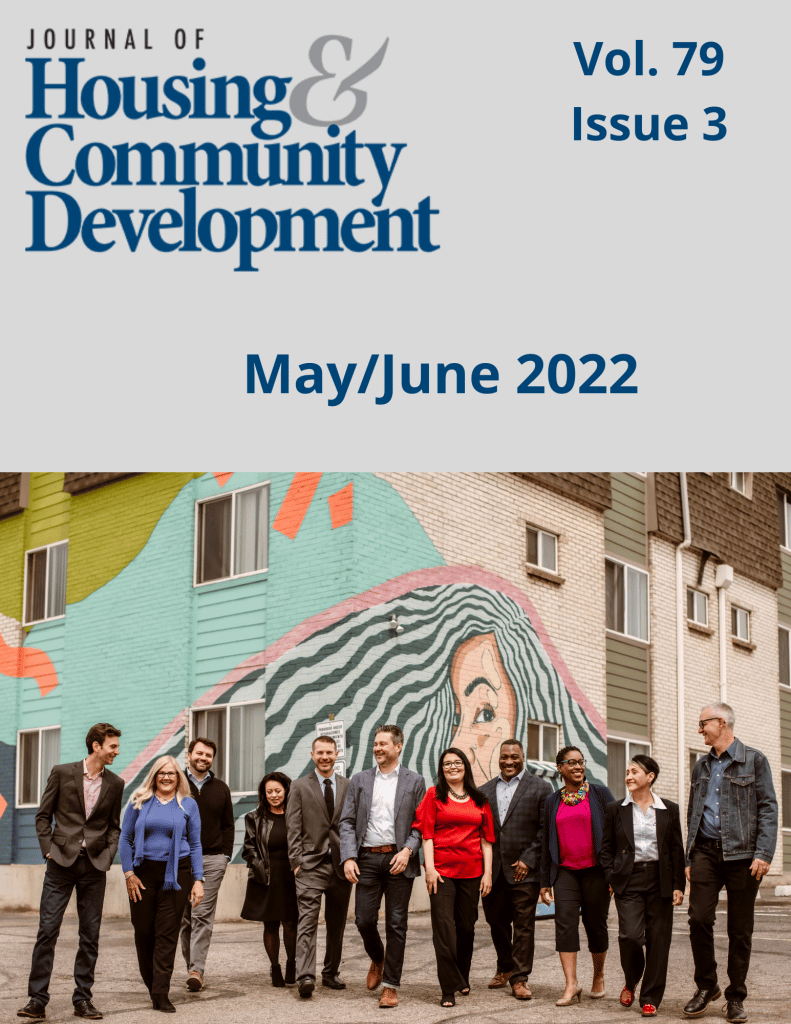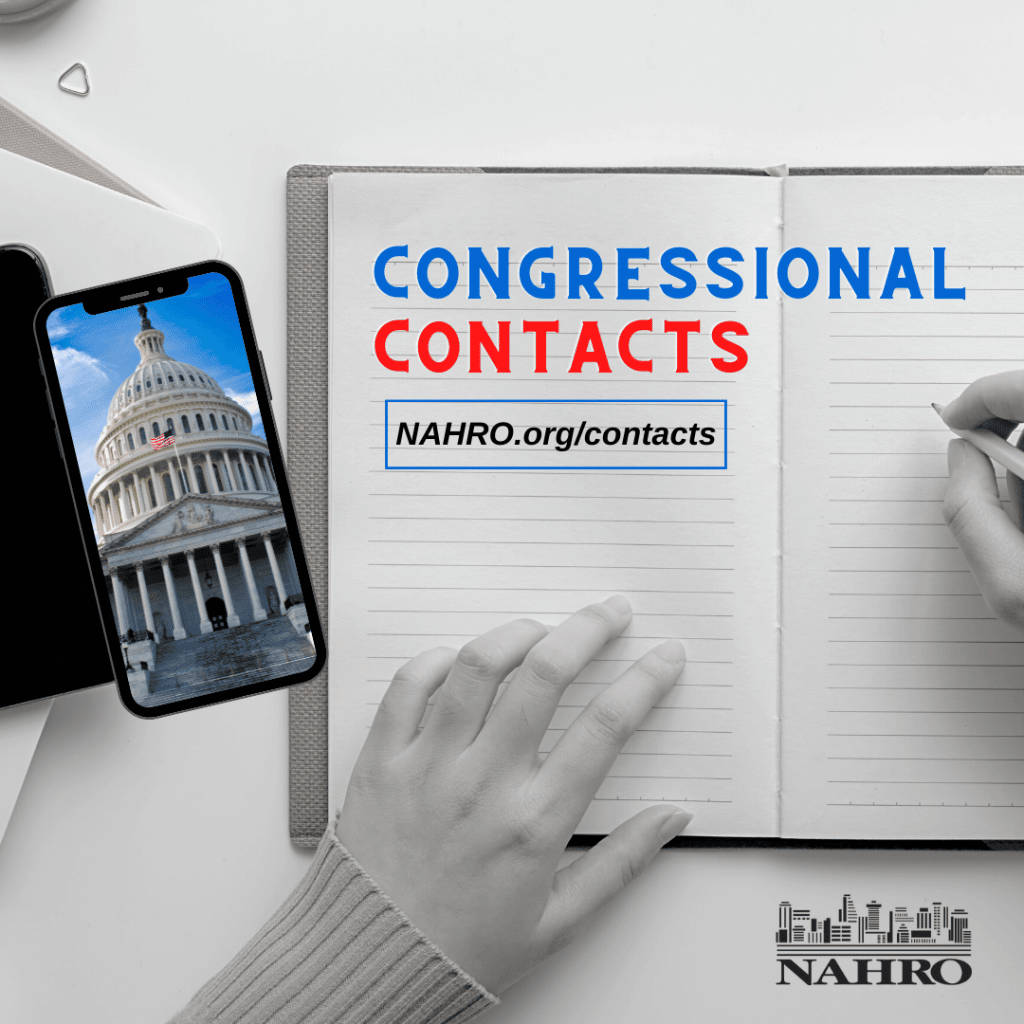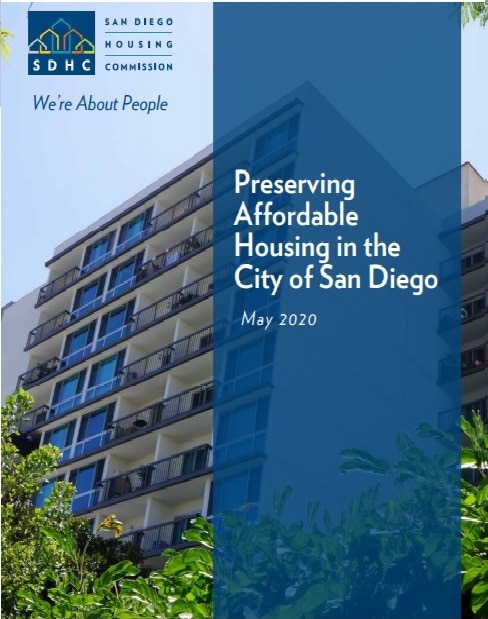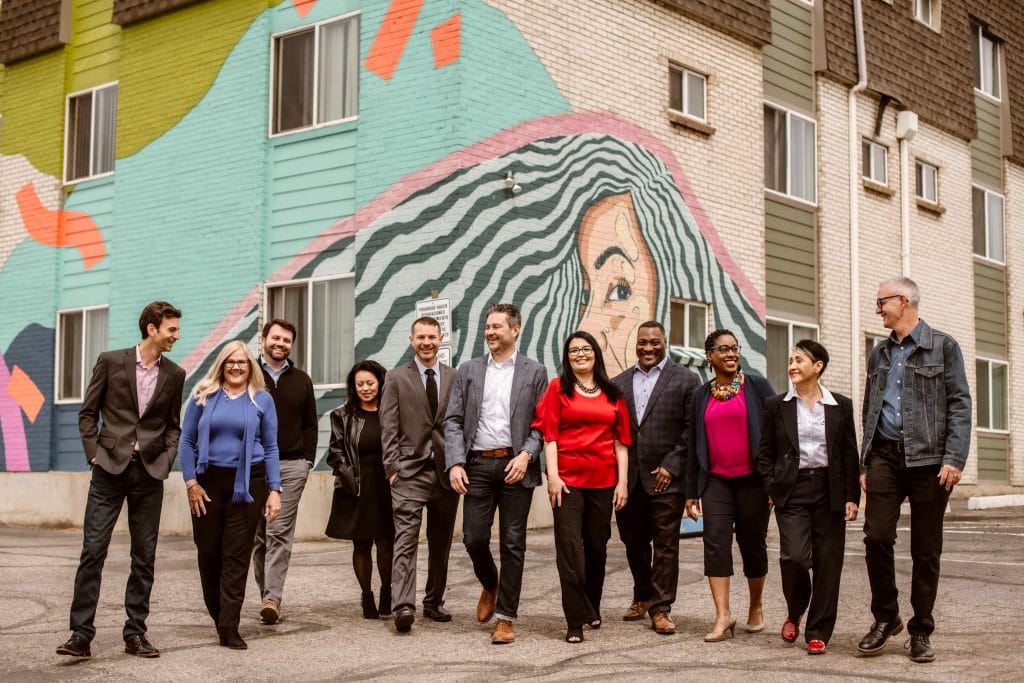Gun Violence Prevention: Helping to Keep Public Housing Communities Safe
It was supposed to be a regular Tuesday for the students at Robb Elementary School in Uvalde, Texas. But just before noon on May 24, the lives of those students would change forever as a gunman opened fire in yet another tragic mass shooting in America. The deaths of 19 children and two teachers came mere days after 10 people were killed in a racist attack at a supermarket in Buffalo, N.Y. Less than halfway into 2022, there have been more than 270 mass shootings in the U.S., according to the Gun Violence Archive. The Gun Violence Archive defines mass shootings as “four or more shot (injured or killed) in a single incident, at the same general time and location, not including the shooter”. These incidents continue to devastate communities across the country as gun violence increases. While the nation reels from recent events, there has been a renewed importance of reflecting on gun violence prevention and enacting safety precautions.
Regardless of community size or location, gun violence impacts all Americans. In 2022, there have been over 20,000 gun related deaths, according to the Gun Violence Archive. Nationally, gun violence disproportionately impacts lower income communities, and in particular younger people. A 2021 study from JAMA Pediatrics found 62% of the more than 67,000 firearm-related deaths that occurred among youth between the ages of 5 and 24 from 2007 to 2016 occurred in counties where the percentage of residents who lived below the federal poverty level was 15% or greater. Additionally, youth living in counties with the highest poverty level had a homicide rate 6.3 times higher than people in counties with the lowest poverty concentration in 2007. That disparity increased threefold to 21 times higher in 2016, according to the JAMA Pediatrics study.
Some communities that have experienced an uptick in gun violence have advocated for increased policing as an attempt to ensure safety. However, there is little to no evidence supporting this strategy. Stricter gun laws, preparation, and prevention are more likely to be effective, according to Paul Reeping, an epidemiology doctoral candidate and gun violence prevention researcher at Columbia University.
The United States Department of Homeland Security provides resources specific to active shooter Emergency Action Plans (EAPs). The Active Shooter Emergency Action Plan Guide and video are designed to help organizations develop their own EAPs. Preparation is key for staff and resident safety. In addition to developing EAPs, educating residents about active shooter protocols and safety measures instills confidence and awareness. Locking doors and windows is crucial in housing settings. “If a person cannot get into the room, they’re likely going to move on to one that’s easier to get into,” Reeping said.
While preparation is important for reducing gun violence deaths, active shootings often unfold quickly. Active shooter training is an important component of reducing gun violence, but prevention should be the focus, according to Reeping.
Communities should consider prevention efforts a top priority. The impacts of gun violence go well beyond lives lost. As the 2022 report When the Shooting Stops: The Impact of Gun Violence on Survivors in America notes, “The trauma of gun violence doesn’t end when the shooting stops….Experiencing gun violence has lasting emotional, physical, legal, and financial impacts on survivors as well as their communities. The breadth and diversity of the survivor experience is directly related to the wide-ranging nature of America’s gun violence crisis.”
Prevention is a multifaceted and complex undertaking. People often pre-post threats of gun violence on social media, according to Reeping. Public housing authorities can develop a mechanism for residents to report suspicious behavior. However, reporting must be nuanced to avoid false allegations.
“There needs to be true evidence that an individual might be having warning signs that they would commit an attack,” Reeping warned.
Communities can also benefit from emphasizing support and kindness. “Individuals need to treat each other with respect and also with kindness, especially when people are facing tragedy or are facing some sort of mental health crisis,” Reeping said.
Gun violence interruption programs and other community-based efforts can also be effective. Several cities across the country have implemented these violence interruption programs as way to take a more proactive approach.
For example, the Office of the Attorney General of Washington D.C. launched the Cure the Streets program, which involves having non-armed outreach workers available to de-escalate conflicts using mediation. The program hopes to have these outreach workers develop relationships with residents who are at high risk of being involved in gun violence so they can detect and mediate the conflicts.
Other states that have similar programs include California and New York.
Gun violence continues to wreak havoc on communities across the country. While elected officials grapple with how best to prevent future tragedies, local communities and cities continue to look for ways to enact safety protocols. Public housing authorities and agencies have an opportunity to set examples by working with their residents and staff to demonstrate their commitment to creating safe and sustainable communities.
More Articles in this Issue
Advocacy Made Simple! Become a NAHRO Congressional Contact
Year after year NAHRO advocates raise their voices asking for vital funding to create and…San Diego Housing Commission’s Affordable Housing Preservation Report Receives National Award of Excellence
*This release was previously published by the San Diego Housing Commission on March 29, 2022. …Student Spotlight: Deschalyn Riase
"Going to college helps with upward mobility and will give you opportunities in life." Those…Keeping People Housed in Adams County
Maiker Housing Partners won an Award of Excellence for Administrative Innovation for launching a short-term rental and…- Yardi
Strategies for Expedient Economic Relief
Core Relief is ready to help This article is sponsored content from Yardi. The pandemic…






